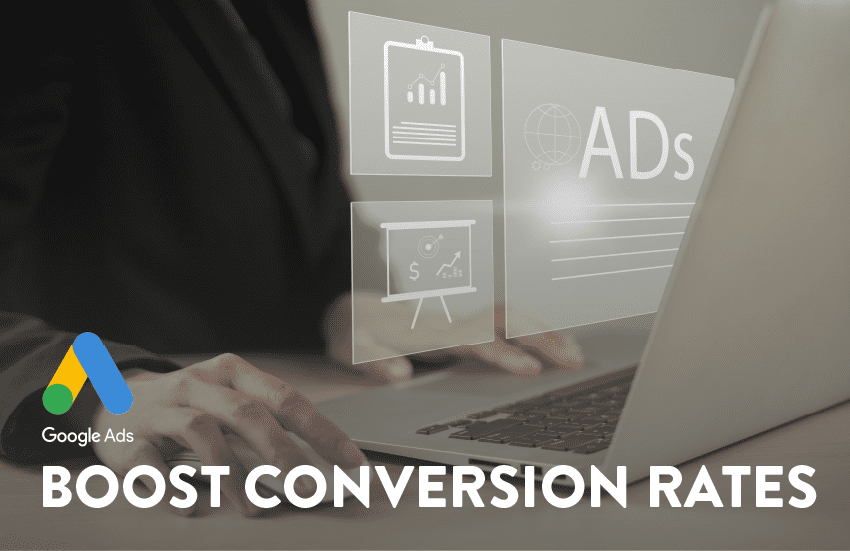Achieving high conversion rates with Google Ads is required to maximize your return on investment (ROI) and ensures your campaigns are effective. Here’s a comprehensive guide to optimizing your Google Ads for better conversion rates:
1. Choose the Right Google Ads Keywords
Begin with detailed keyword research. Focus on high-intent keywords that potential customers are likely to use when searching for your products or services. Use Google’s Keyword Planner to identify relevant keywords with significant search volume and low competition. Incorporate both broad and long-tail keywords to capture a wider audience while targeting specific searches.
2. Implement Negative Keywords
Negative keywords prevent your ads from showing up for irrelevant searches. Regularly review your search terms report to identify any keywords that are not driving valuable traffic. Adding these as negative keywords ensures your budget is spent more efficiently, targeting only those searches that are likely to convert.
3. Write Engaging Google Ad Copy
Your ad copy should be compelling and relevant to the searcher’s intent. Highlight the unique selling points of your products or services and address the specific needs and pain points of your target audience. Use strong call-to-action (CTA) phrases like “Buy Now,” “Get a Free Quote,” or “Sign Up Today” to encourage clicks.
4. Leverage Audience Targeting
Audience targeting allows you to reach users who are more likely to convert. Use Google Ads’ audience segmentation tools to create detailed profiles based on demographics, interests, and past behaviors. This enables you to tailor your ads more precisely and ensure they resonate with the right people.
5. A/B Test Your Ads
Continuous testing is key to optimization. Conduct A/B tests on different elements of your ads, such as headlines, descriptions, CTAs, and visuals. Analyze the performance of each variation to determine what works best. Use these insights to refine your ads and improve their effectiveness.
6. Monitor and Adjust Bids
Regularly review and adjust your bids based on performance data. Increase bids for high-performing keywords and reduce bids for underperforming ones. Automated bidding strategies can also be useful, as they allow Google to adjust your bids in real-time to maximize conversions.
7. Analyze Performance Metrics
Track key performance metrics to gain insights into your campaign’s effectiveness. Important metrics include CTR, conversion rate, cost per conversion, and ROI. Use Google Analytics and Google Ads reporting tools to gather data and make informed decisions about your campaigns.
8. Use Google Ads Remarketing Strategies
Remarketing helps you re-engage users who have previously interacted with your website but didn’t convert. Create remarketing lists and tailor your ads to these users, offering them incentives or highlighting different aspects of your products or services. This can significantly boost your conversion rates by targeting users who are already familiar with your brand.
Optimizing your Google Ads for better conversion rates involves a combination of strategic keyword research, compelling ad copy, optimized landing pages, and continuous monitoring and adjustments. By following these expert tips, you can enhance the performance of your Google Ads campaigns and achieve higher ROI.
To dive deeper into Google Ads, read our other Google Ads blog articles. Or if you’re interested in partnering with STORY to optimize your current Google Ads or create a new campaign for you, read more about our Google Ads agency services.
